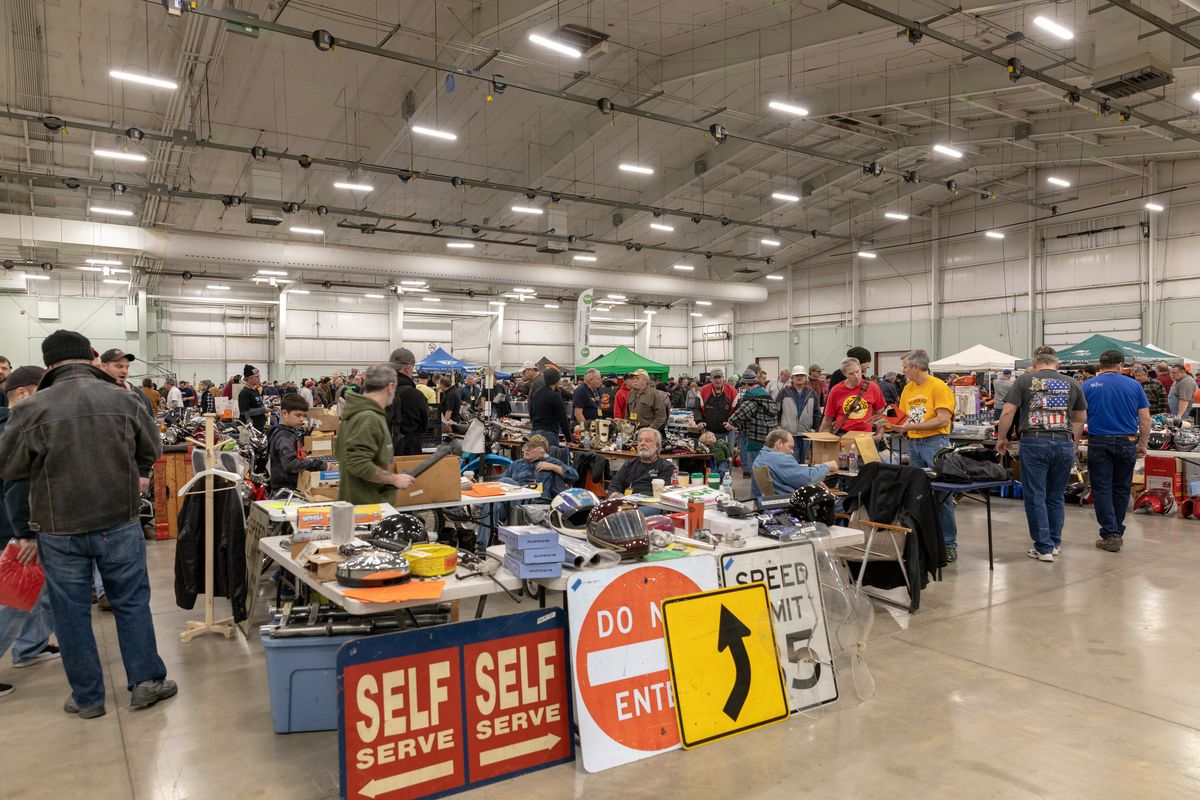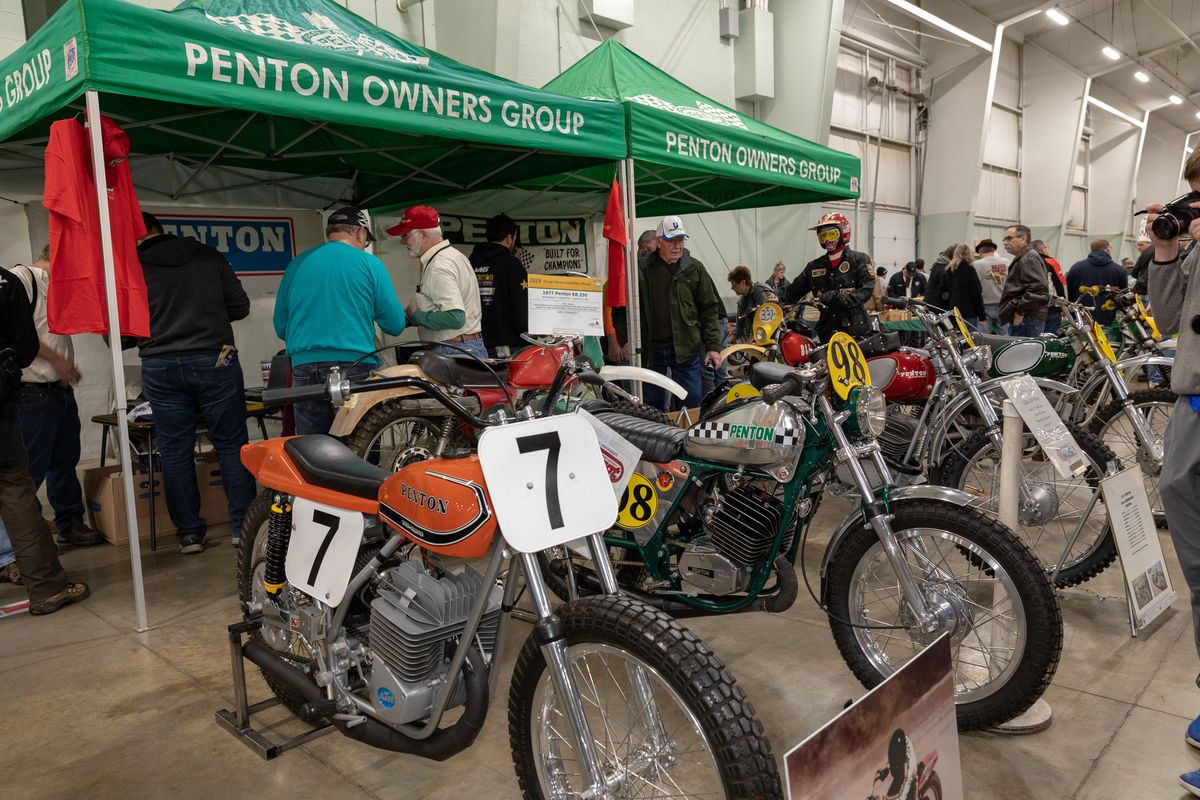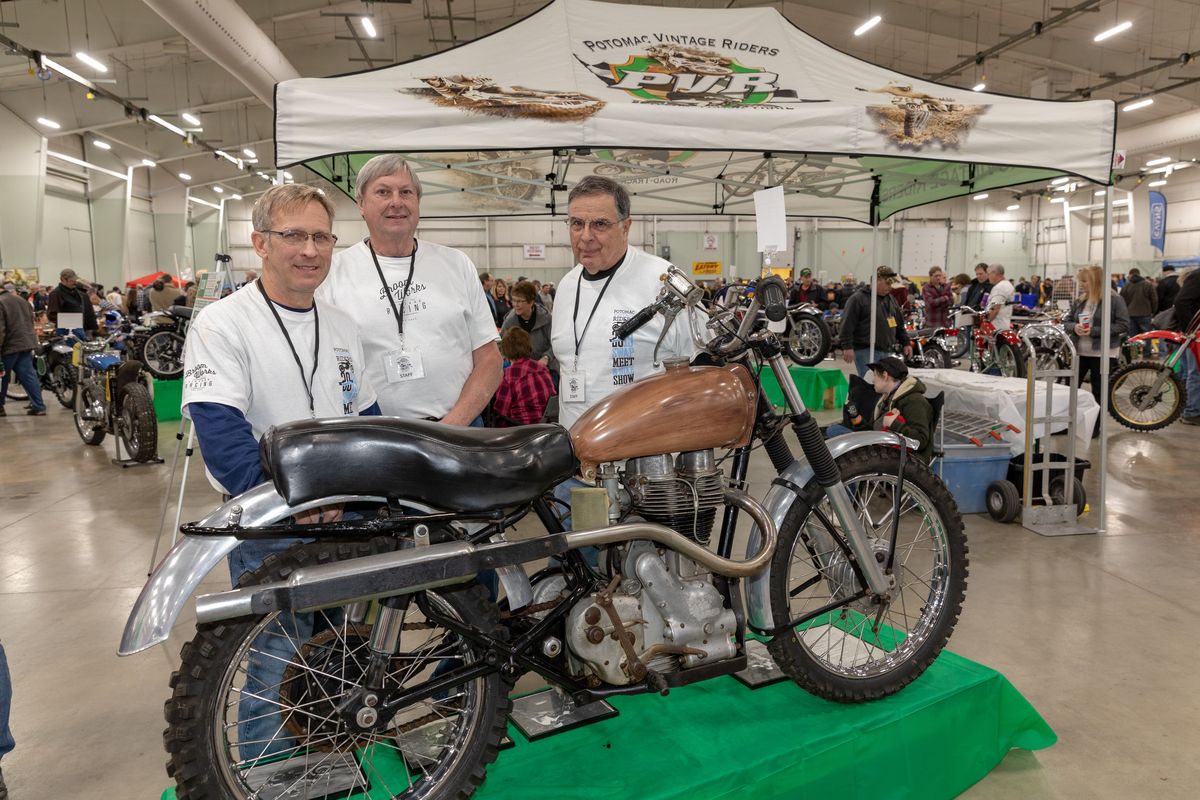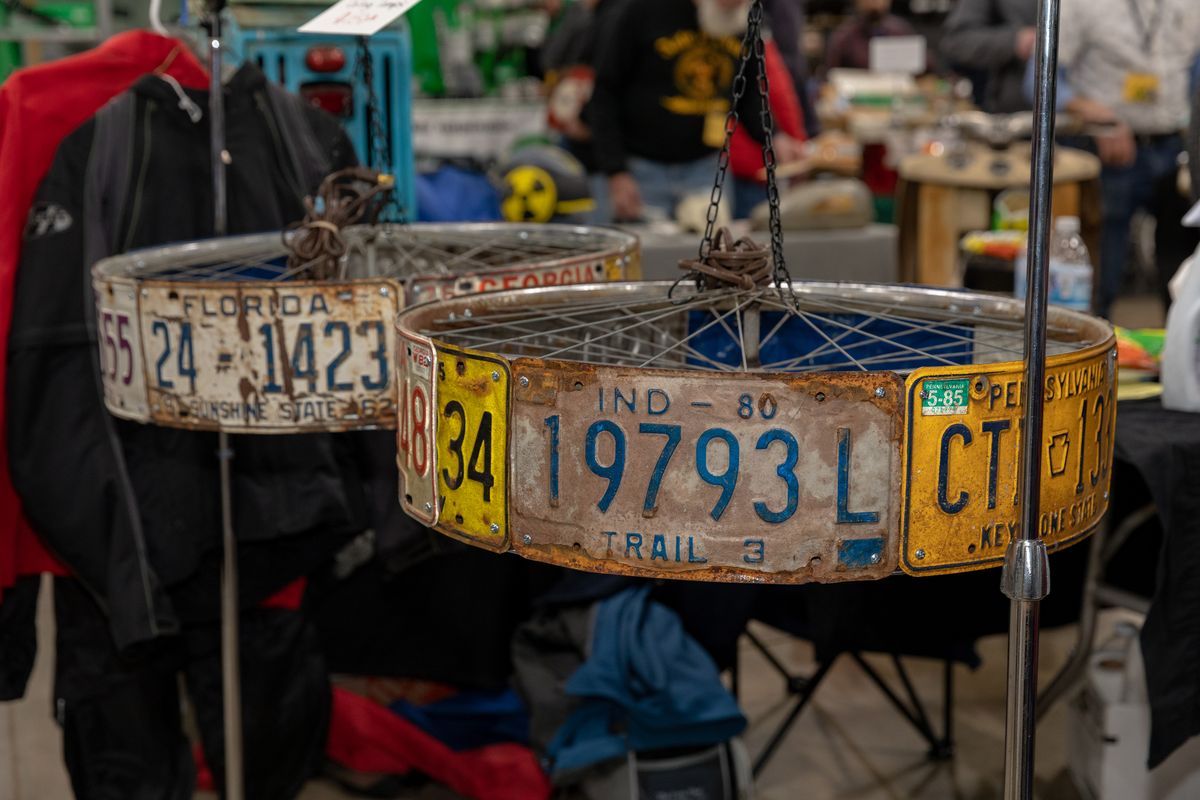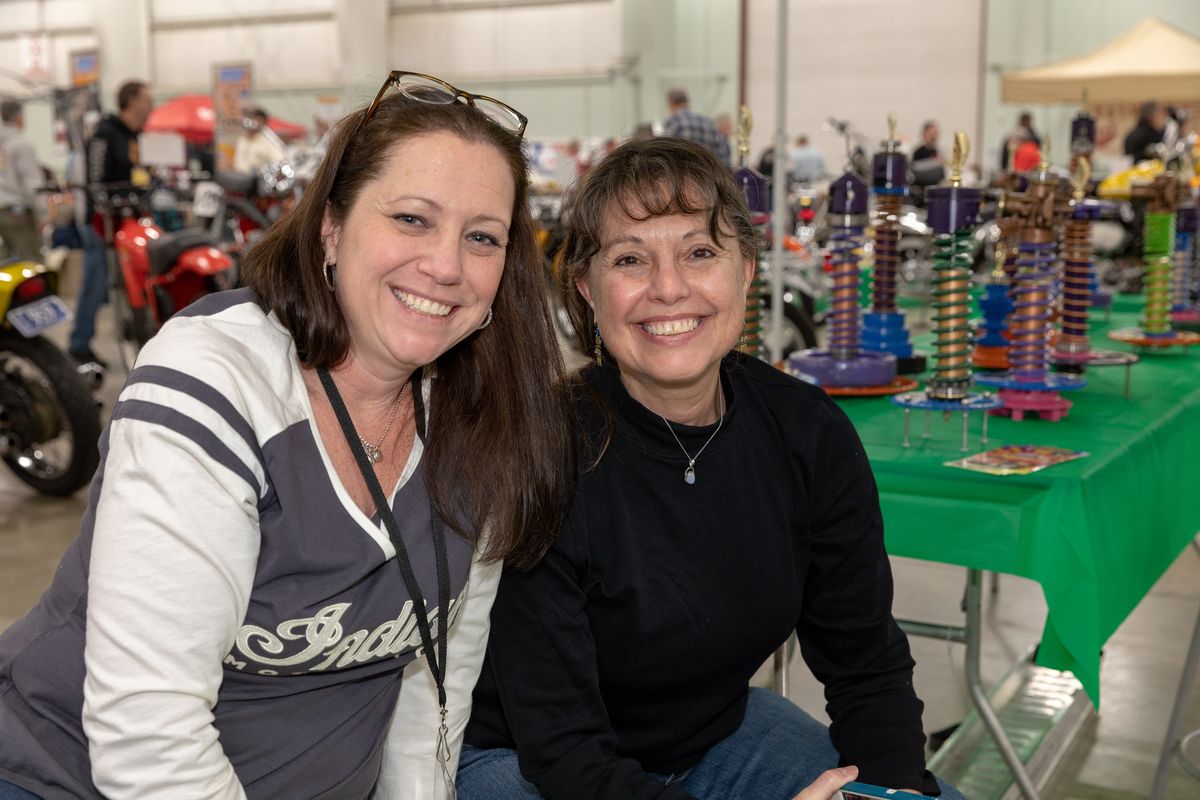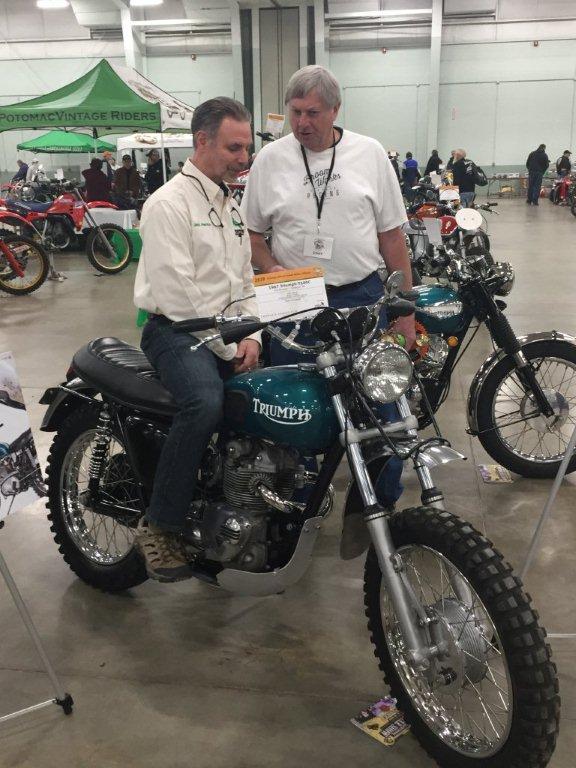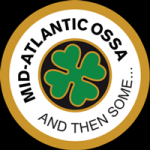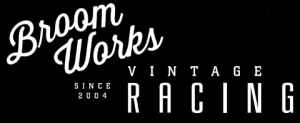For a list of our Montesa projects, click here.
Formed in 1944 by Pedro Permanyer and Francisco Bulto, the first Montesa prototype was built based upon the French Motobecane models of that time. Powered by a 93cc two-stroke engine with no rear suspension 22 of these units were sold in the first year and so promising did the market appear that Permanyer and Bulto formulated their partnership. As a successor to the previous model, Senor Bulto designed a new 125cc roadster, which was tested in many trail type rallies and semi-enduros that were popular in Spain at the time.
This model formed the basis of the 1951 ISDT effort. They were officially entered by the factory, being ridden by Bulto and G. Cavestany. In the early fifties, Montesa entered the 125cc class of road racing. These bikes featured six-speed, bolt on gearboxes, in semi-unit construction, with all gears running on needle-roller bearings. By 1956 these Montesa 125’s were very competitive and took second, third and fourth places in the Ultra-Lightweight race at the Isle of Man TT.
The most successful Montesa street bike of the ‘fifties was the Brio 80, of which more than 12,000 were produced. The success of the Brio and the other models, led to the opening of a new and larger factory in Espluges de Llobregat. Trouble was ahead, a slump in the Spanish economy had forced Permanyer to cut back on the companies racing activities. Permanyer wanted to pull out of roadracing, but Bulto insisted that they stay in. In May of 1958, chief designer Bulto left, taking with him several of Montesa’s vital personnel. Permanyer had not only lost the brilliant designer Bulto, but also his 30% share of the company.
Fortunately for both, Spain’s economy began to improve. Permanyer promoted the all-around champion motorcyclist Pedro Pi from head test rider to chief development engineer. Leopold Mila was made Technical Director and Permanyer’s son Javier, was to be Sports Assistant. Work began right away on designing a brand new all-unit-construction 175cc engine that by 1960, would power the latest Impala sports roadster model. This engine would form the basis of the company’s future trials and motocross machines. To promote sales of this model, three Impala’s were taken to Africa where they covered over 12,000 miles of terrain, most of it being off-road. Back in Spain, Pi was busy winning the Spanish motocross and road race championships and working on a new 250cc version.
Following its introduction in 1965 the 250 engine would be the cornerstone of the companies future success. Mounted on the new 250 Scorpion scrambler, Pi won the Spanish championship again in 1966 and the similary-engined Sport roadster won the Barcelona 24-hour endurance road race. In 1967 the first Montesa trials models appeared and in 1968 retitled the Cota, Pi won the Spanish Trials Championship. After adding this title to go along with the roadrace and six motocross titles, he retired from competition to devote his full energy to bike development.
In the decade following, Montesa had unprecedented growth around the World and one has to remember that unlike Bultaco, Montesa only sent a small percentage of its production to the States, concentrating mostly on the European market. Trials models were offered in many different sizes 25, 49, 125, 175, 250, 348 and 349, as were motocrossers 125, 175, 250, 360 and 414. This also included a line of street and Enduro models also. In 1973 the VR (Vekhonen Replica) was released and set the standard for 1974, as did the 348 Cota did in 1976. Ulf Karlsson won the World Trials Championship on a Cota in 1980.
By 1981 Spain’s economic unrest was becoming catastrophic to all the motorcycle manufactures. Strikes and a shrinking market left Montesa the only major concern, and they needed a major influx of capital if they were to survive. A loan from the government and shares sold to Honda ( to establish a European manufacturing base for their commuter bikes) helped production continue. Indeed, one of the governments stipulations was that Honda would guarantee that production would not stop. Honda was prepared to stockpile trials bikes and to sell them off at a loss in an effort to reach Europe’s more profitable moped market and to bypass restrictive import tariffs.
In July of 1985 a major reorganization took place and a large amount of money from Honda was received. By now only two trials models was offered and the workforce had dwindled to a mere 152 employees. During July 1986 there were further financial moves between Honda, Spain’s government and the Permanyer family, leading to Honda buying the majority of the family’s remaining shares. Honda now had an 85% holding and spent another 5 million dollars on modifying and updating the factory.
Montesa was still active in World Trials competition thruout the eighties and into the nineties. Even though reduced to only offering one model, such riders like former World Champion Eddy Lejeune and Andrew Codina rode the Cota to good results in the mid-eighties. In 1992-93 a liquid cooled Cota was produced, this was to be last of the “real” Montesa’s. In 1994 the 314R was introduced. This model featured a Honda powerplant with many other components from Honda. Montesa mounted Marc Colomer won the World title in ’96 and the 315R followed in early ’97. This model of Cota had a run of 7 years and is finally being replaced by the brand new technically advanced four stroke, Cota 4RT.
Source: Wikipedia










